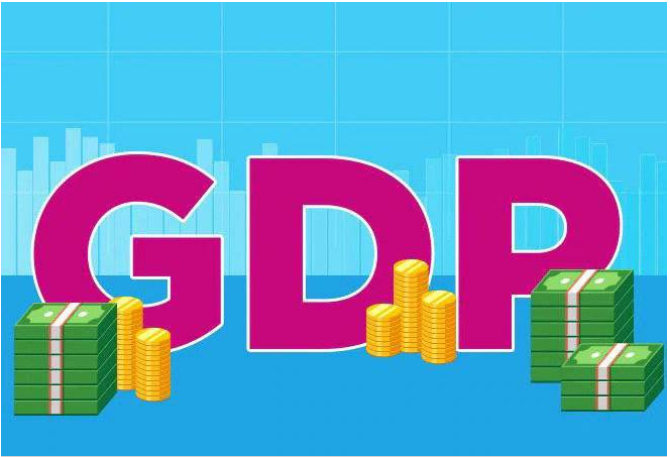While all eyes are on the gross domestic product (GDP) growth for the September quarter – to be released on Friday – ratings agency ICRA says the growth slowdown expected in Q2 appears far from over as the start of the December quarter doesn’t suggest a revival as well.
The rating agency expects Q2 GDP growth to come in at 4.7 per cent. Its economic scorecard for October suggests the slowdown could well continue in Q3.
As per ICRA, the performance of seven out of 18 economic indicators in October worsened, while 11 displayed sequential improvement in their year-on-year (YoY) performance.
“Fewer working days with an earlier onset of the festive season in 2019 relative to 2018, contributed to a weaker performance of sectors such as the output of passenger vehicles (PV), motorcycles and scooters, which seem to have had a knock-on impact on some indicators of freight and demand for thermal electricity. Moreover, 10 of the 18 indicators recorded a contraction in October 2019. Accordingly, we expect both the core sector as well as the Index of Industrial Production to report a contraction for that month,” ICRA said.
Looking ahead, a favourable base effect as well as a post-monsoon pickup in production may push up growth in various sectors in November 2019, it added.
Aggregate auto production recorded a contraction for the twelfth month in a row, and the pace of the same worsened to 26.2 per cent in October 2019 (+20.7 per cent in October 2018) from 18.3 per cent in September 2019 (+8.0 per cent in September 2018), partly on account of fewer working days related to the early onset of the festive season as well as an unfavourable base effect.
- Coal India Limited’s (CIL) output continued to contract in October 2019, following the late withdrawal of monsoon and ongoing labour issues, although the pace of the same narrowed to 20.9 per cent from 23.5 per cent in September 2019. While production may pick up pace following the ebbing of rainfall, with the cumulative output of CIL in April-October 2019 standing at 280.4 million tonnes, the likelihood of achieving its FY2020 target of 660 million tonnes appears dim.
- The YoY decline in electricity generation worsened to 13.4 per cent in October 2019 from 3.2 per cent in September 2019, as heavy rainfall reduced demand for power from the agricultural and household sectors, and demand from the manufacturing sector was limited given holidays during the festive period. While the rise in reservoir levels boosted the growth of hydroelectricity generation to 21.8 per cent in October 2019 from 19.3 per cent in September 2019, the contraction in thermal electricity generation deepened to 19.3 per cent in October 2019 from 9.6 per cent in the previous month.
- Rail freight and diesel consumption contracted for the third month in a row in October 2019, which may partly be on account of the curtailed mining and movement of coal, as well as muted production in various manufacturing sectors. The pace of contraction of rail freight and diesel consumption deepened to 8.1 per cent and 7.4 per cent, respectively, in October 2019 from 6.6 per cent and 3.2 per cent, respectively in September 2019.
- Refinery production reverted to a mild expansion of 0.2 per cent in October 2019 from the contraction of 6.9 per cent in the previous month. Moreover, the contraction in the production of crude oil eased marginally to 5.1 per cent from 5.4 per cent, respectively.
- The cargo handled at major ports witnessed a deeper contraction of 5.3 per cent in October 2019 from 0.4 per cent in September 2019, led by coal and other cargo shipments. In contrast, the non-oil merchandise exports reverted to a growth of 1.4 per cent in October 2019 in dollar terms, from the contraction of 4.5 per cent in the previous month, the sustainability of which remains unclear.
- The YoY performance of ATF consumption (to +1.6 per cent from -2.1 per cent), passenger traffic by domestic airlines (to +4 per cent from +1.2 per cent) and petrol consumption (to +8.9 per cent from +6.3 per cent) recorded an improvement in October 2019 relative to September 2019, which may have benefitted from travel during the festive season.
- The YoY growth of bank deposit and non-food bank credit rose to 10.3 per cent and 8.8 per cent, respectively on October 25, 2019 from 9.4 per cent and 8.6 per cent, respectively on September 27, 2019.


